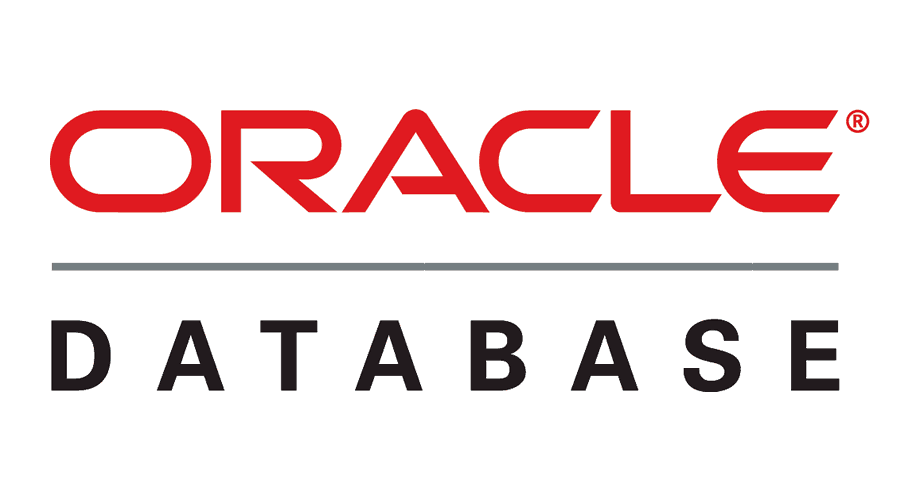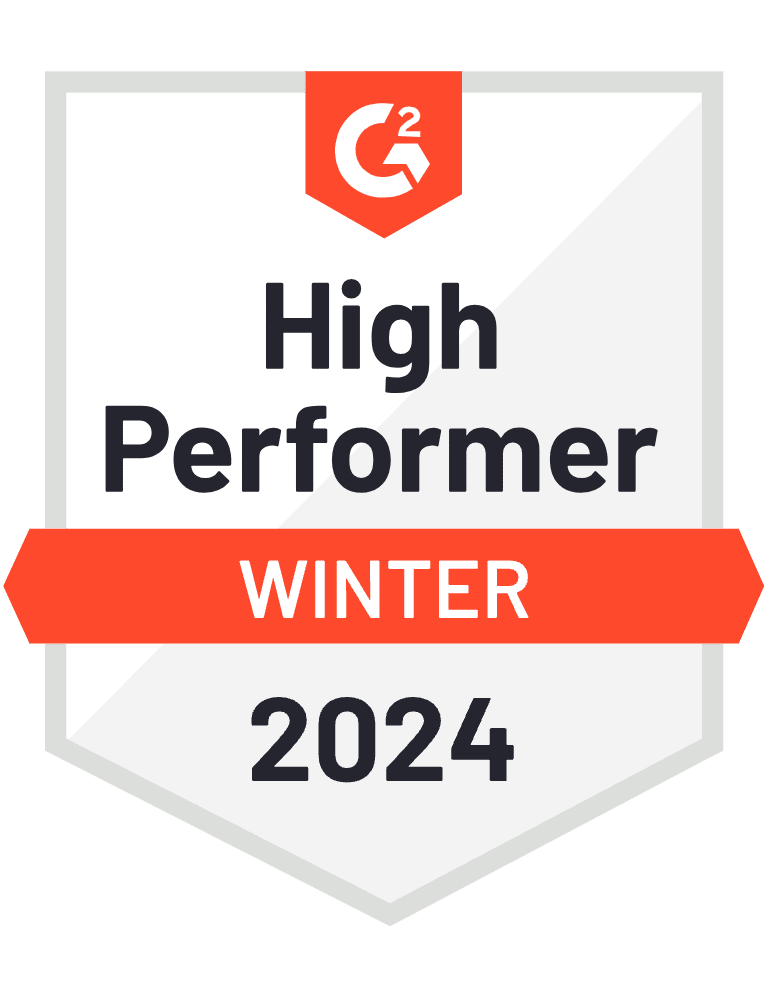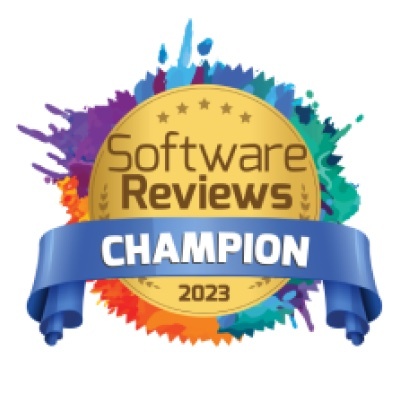Octopai + Oracle Database Integration = Empowered Data Management
Whether your enterprise is currently using or migrating to products or services based on Oracle Database, Octopai has your data landscape covered for day-to-day Oracle Database tasks like data pipeline design, impact analysis, root cause analysis, regulatory compliance, and so much more.
Octopai’s automated data lineage for Oracle Database is unique because it provides:
- Detailed visualizations of data flow, including pipelines and procedures.
- Full alignment of Octopai’s data lineage with the Oracle Database data dictionary.
- Parsing support for all data types accepted by Oracle Database’s converged, multi-model database management system
- Support for PL and SQL scripts.
- Support for Oracle Database tables, views, indexes, procedures, packages, objects, synonyms, sequels, functions and triggers.
- End-to-end lineage from source systems to Oracle Database to analysis and reporting, simplifying insight into and through Oracle Database along with all other layers of your data ecosystem.
Octopai + Oracle Database Integration = Significant Resource Savings
On top of the unprecedented lineage, Octopai also provides time and cost savings to enterprises migrating to and/or using Oracle Database.
Savings during a data migration to Oracle Database:
Octopai’s automated data lineage, including comprehensive column-to-column lineage, traces the path of your data objects both back to their source and forward to reports or other targets. This comprehensive visual mapping of the objects, assets, tables and processes across your data systems will smooth your migration to any Oracle Database-based product or service by enabling you to:
- clearly identify unused database objects, unnecessary duplicates and unnecessarily complicated dependencies so you can simplify and/or discard prior to migrating
- check the projected impact of any planned changes before making them
- create a clear visual breakdown of the data path, enabling you to analyze and set the timing of upstream processes accordingly
- check pre-, during, and post-migration that everything is going to the right place, with views of both the old and new environments in one screen (updated automatically as the migration progresses!)


